The original pho was an economical, resourceful way to use unwanted cuts and parts of a cow. These days, because of rising food prices and the bone broth trend, the cost of bones has gone up. Finding good bones can be hard too. They are not always available in huge selection so you can pick through them. And sometimes, they’re not stocked at all.
I’ve been contemplating sourcing strategies and talking to butchers about the cost of bones. Here are ideas I’ve gathered while brewing pho broth and writing The Pho Cookbook.
Bones are not only wanted for bone broth but also desirable as pet treats. Given that, you have to kind of shop competitively for bones. For example, ask your local butchers what day they get their bone delivery, and when you should shop for them. My butchers typically get whole leg bones and then saw them into smaller pieces.
The fact that many other cooks are also scouting for bones, I don’t despair. Overall, the supply is greater than before. A positive outcome of the bone broth trend is that they’re are available in many places. I made a very large batch of pho recently for book-related events. To make sure I had what I wanted, I began collecting my bones a week before.
Where did I go to hunt for bones? I started at Safeway, a chain supermarket in Northern California and elsewhere, where I bought marrow bones for about $1.99 per pound. When I purchased them, they were in the freezer case, though some times I’ve seen them in the fresh meat section too. I bought several packs and froze them. The marrow bones in the above pot are from Safeway.
Knuckle bones are great for adding texture to the broth. My old-fashioned grocery store, Shopper’s Corner sells them for $1.89 per pound. The separate the knuckle from the marrow bones, which go for $3.98 per pound. Look at these beauties with all the tendon potential.
At the farmer’s market, I inquired about bone with the grass-fed beef vendor of Left Coast Grassfed. She didn’t have marrow bones but what she had, she sold for about $2 a pound. We went through her cooler and picked out a handsome bag of bones -- knuckle and neck plus a meaty something. The fat of grass-fed beef always gives a little extra something to pho broth.
The vendor and I chatted about what bones are good for pho and agreed to skip the beef rib bones, which don’t add as much to the broth as marrow, knuckle, and neck.Part of what I enjoy about sourcing bones from various places is the conversation. I learn a lot.
I'm not always lucky to get neck bones. They're harder to find nowadays than decades ago when they were a supermarket item. Some people say that it’s because of fear of Mad Cow disease but the risk is pretty low (a concise timeline is at CNN and here are USDA risk assessments). For a sure source of neck bones, I go to Chinese and Vietnamese markets.
What to look for in the bones? The ideal beef bones for pho are cut about 3 inches (7.5 cm) long – your index finger is a good means to measure. Beef leg bones (marrow and knuckle) may be labeled “soup bones” or “femur bones” at supermarkets.
At Chinese and Vietnamese markets, beef bones are often sold in bags and are mixed as marrow and knuckle; they may be in the frozen section or freshly cut by the butcher counter. If the bones are huge, simmer longer and add water, as needed, to extract flavor.
Where else to shop? Other sources for bones include natural food stores like Whole Foods and co-ops. Latin markets may have bones, too. A nose-to-tail butcher, such as one that makes sausages and other kinds of charcuterie will have bones, too. I once made pho with $9.00 per pound marrow bones. It was amazing. You can always blend some of the pricier bones with affordable onces!
Pho is a flexible food and sourcing the bones for a good beef broth is a great reminder of the resourceful nature of pho cooks. If you have insights to share, let us all know!
Pho Cookbook Updates! My editor informed me that the book was among the top 10 selling cookbooks in America last week! Go pho. Since the book launch on February 7, press and reader feedback has been incredible. There was coverage in Simply Recipes, Feast Meets West, Bay Area Bites, Seattle Times, Smart Mouth, Atlanta Journal Constitution, and Food52.People have been posting photos of books in their homes -- including Germany, Madrid, and Brazil! They've also been cooking from the book and some have written reviews, too. Many have said they're purchasing copies to gift other people. I had my first book talk on February 16 at Omnivore Books. It was standing room only. I signed a few extra books so contact the shop, in case you'd like one. Thank you for contributing to The Pho Cookbook's success.
And, due to a cancellation, there is 1 opening for the February 25 hands-on "Pho Celebration." Get details and register here.













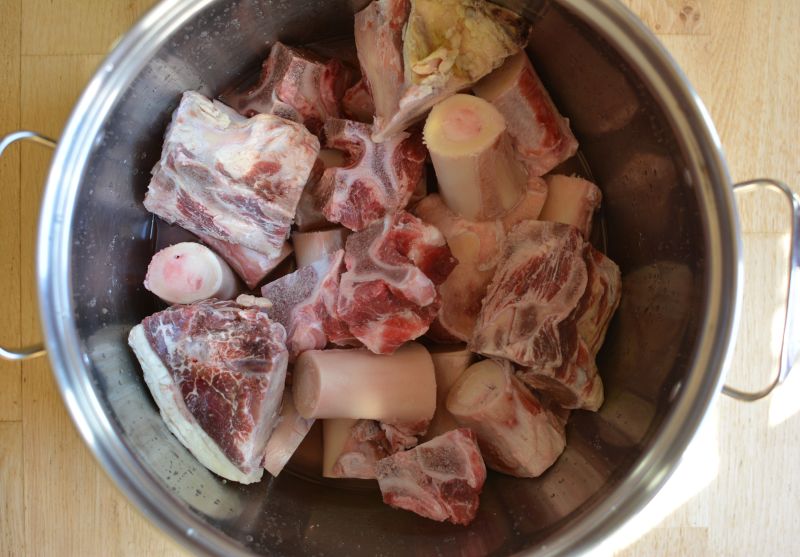
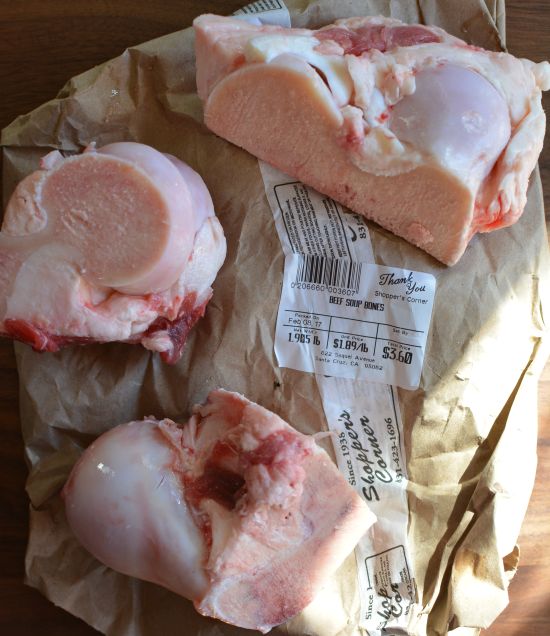
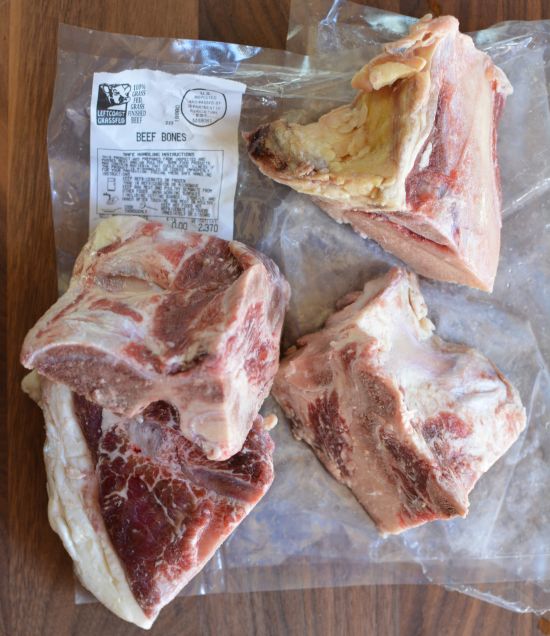
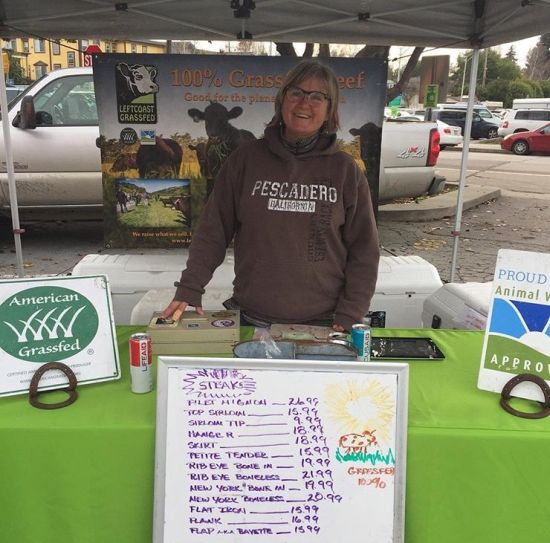
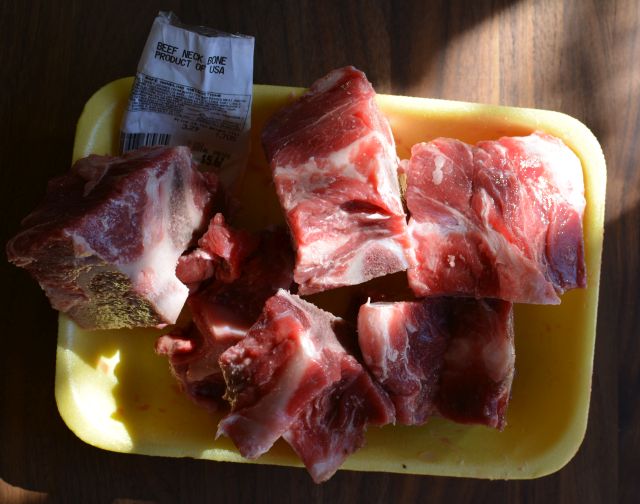
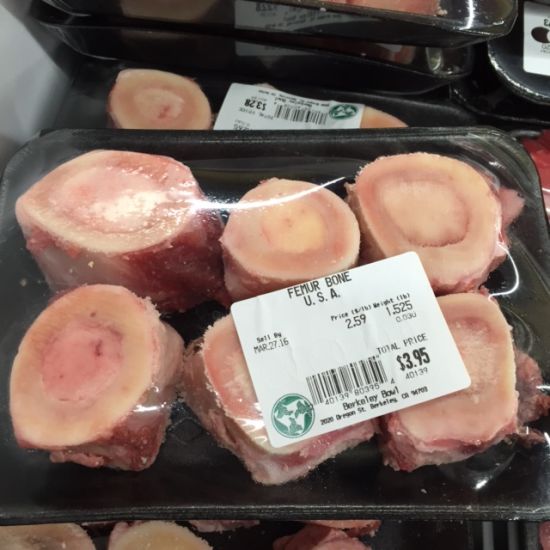





Mei says
This is a great article. Oftentimes when I want to make Pho, it is almost impossible to find beef bones even at Chinese or Asian supermarkets. I like that you give the advice to start sourcing a week beforehand. Recently I found that at my butcher, they dont display the beef bones but if you ask them, they bring some out from the back and its only knuckle bone. Better than nothing!
Andrea Nguyen says
It's great to make friends with butchers! They know lots and will bring you stuff from the back!
Jane Morison says
Thanks for the great tips! Do you bake your bones before you make the broth?
Andrea Nguyen says
No I don't roast the bones because that darkens and clouds up the broth.
brandon says
If you can’t get it at a butcher try looking for a meat packer.
MaiMai says
In my area, Winco sells beef bones.
Andrea Nguyen says
WinCo is a good market! Lucky you!
Winnie says
Hello Chef! Thank you for sharing your recipe and all the useful tips.
I am gathering beef bones for the delicious pho broth, but read conflicting details. Are Neck Bones recommended or not? I read your old article on Pho Secrets from 2007 (http://www.vietworldkitchen.com/blog/2007/12/pho-secrets-and.html) that says Avoid Neck Bones. However, this newer post mentions neck bones for pho broth. May you please clarify if neck bones should still be avoided, or does this depend on each person's palate? Thank you again!
Andrea Nguyen says
Don't use all neck bones; that was the point of the 2007 post. You want to combine bones, which is the message in this newer post plus the content in my book, "The Pho Cookbook". Hope you have a great pho-ish time!